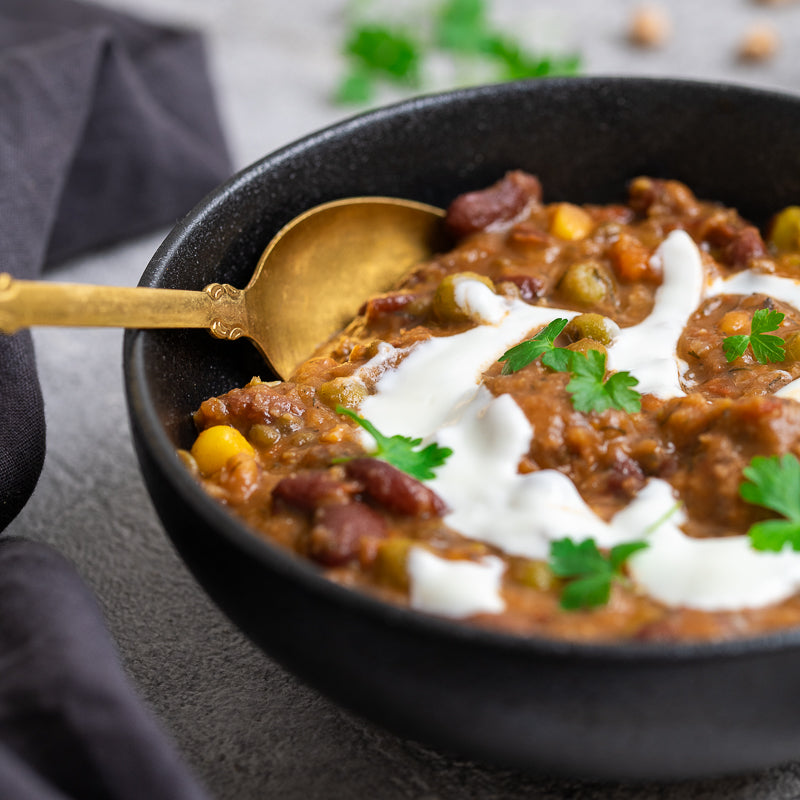Currently, I’m studying to be a professional chef at TAFE, where I’m honing my skills and expanding my culinary knowledge.
Choose your delivery date & time
Choose your delivery date & time
As an Afghan refugee who has called Australia home for over 20 years, cooking has become my way of staying connected to my roots while sharing my culture with others. Feeding people is my true passion - it’s more than just preparing a meal; it's about creating an experience that brings joy and comfort to those who taste my food.
As an Afghan refugee who has called Australia home for over 20 years, cooking has become my way of staying connected to my roots while sharing my culture with others. Feeding people is my true passion - it’s more than just preparing a meal; it's about creating an experience that brings joy and comfort to those who taste my food.
